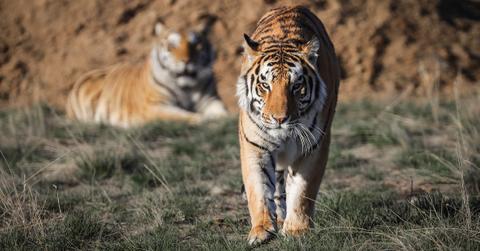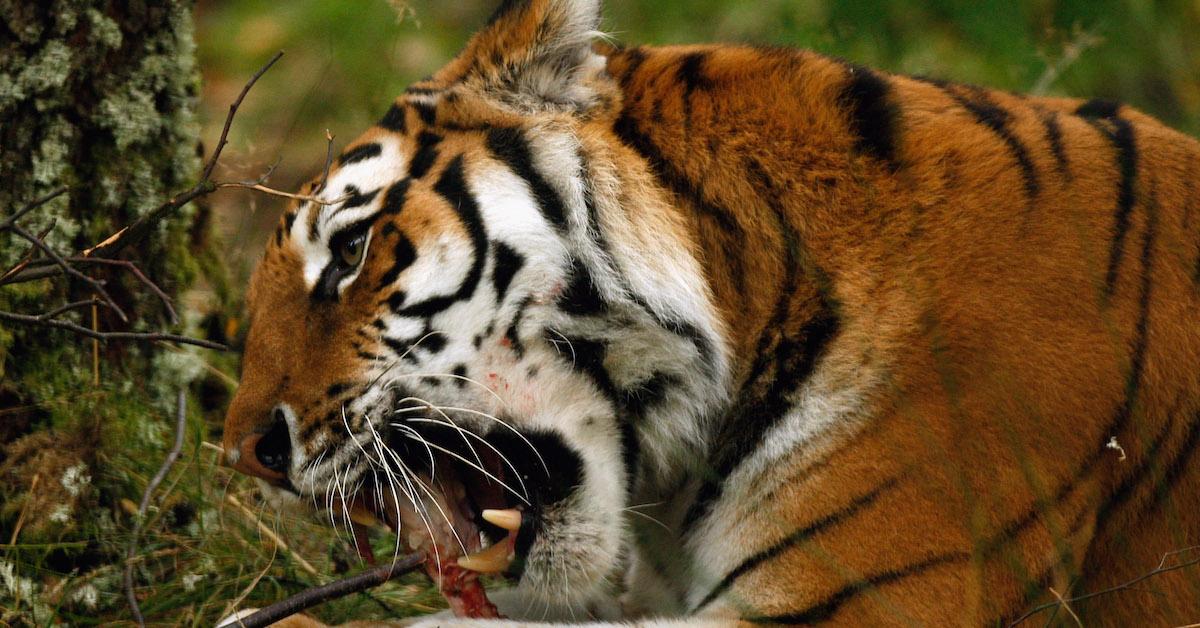The Tiger May Be Endangered, But Its Population Is Increasing
Published Aug. 2 2022, 4:49 p.m. ET

It seems every day, there’s another report about another species becoming endangered or threatened — but this time, we have some good news in the world of wildlife conservation. Over the past few years, there has actually been a tiger population increase.
Though the tiger population is still struggling, especially in comparison to where it was decades ago, these findings provide a lot of hope that the tiger could continue to make a rebound. Keep reading for the details.

The tiger population has increased significantly in recent years.
In honor of International Tiger Day, which was July 29, 2022, the International Union for Conservation of Nature (IUCN) released some exciting findings about the population of the tiger, aka the Panthera tigris, which it currently classifies as Endangered.
The IUCN, which is known for its Red List of Threatened Species, just published an impact report of Phase I of the Integrated Tiger Habitat Conservation Programme (ITHCP), which analyzed six Tiger Range Countries between 2015 and 2021.
This project tracked about 24.8 percent of the 3,886 tigers currently estimated to be in the wild. Over the six-year period and across the six areas studied, the researchers found that the tiger population increased by an average of 40 percent.
The “entire portfolio-wide population” was made up of 770 tigers at the start of the program in 2015, and hit 966 by 2021. Worldwide, the tiger population went from about 3,200 in 2015 to an estimated 4,500 in 2022, as per the wild cat conservation group Panthera.
While this is an incredible rebound, the tiger population is still in bad shape compared to where it was years ago. The tiger, which the IUCN Red List classifies as Endangered, had a population of about 100,000 about 100 years ago.
Why are tigers Endangered?
The IUCN attributes this massive population decline to a few things. For one, over 93 percent of the tiger’s historic range has depleted over the past century. In addition to habitat loss, the illegal wildlife trade and retaliatory killings (in response to tigers attacking livestock or people) have contributed to the tiger’s decline.
“While a monumental amount of protection and funding are still needed before proclaiming ‘mission accomplished,’ these numbers signal previously incomprehensible stability in the global tiger population, and even increases in some protected areas,” stated Dr. John Goodrich, Panthera’s Chief Scientist and Tiger Program Director.
He added that the results of the IUCN study is “a watershed moment in the history of the species, made even more remarkable given the overwhelming threats tigers face at every turn.”
Goodrich also noted that as more protected areas for tigers are established in India, Nepal, and Thailand, he feels confident that the IUCN Red List could change the tiger’s classification to Endangered to Vulnerable (which is one step further away from extinction) in the next seven to 10 years.
So basically, this small-yet-significant tiger population increase means that the real work starts now. Protecting our planet’s beautiful wildlife and biodiversity is so important, and this story proves that we do have the power to help struggling species rebound.